Ready mix concrete is concrete that mixing is carried out in the batching plant according to a mix design provided by the client. The mixing of cement, aggregates (fine and coarse aggregates), water and admixture is done according to the mix design provided by the engineer. After mixing, the mix becomes concrete and it is delivered to the work site by a truck. The truck mixes the mixture that maintains the plasticity of concrete until it reaches the site.
Types of Ready Mix Concrete
Ready-mixed concrete is of three types based on the mixing methods. They are as follows: –
- Transit mix concrete
- Shrink mix concrete
- Central mixed concrete
Transit Mixed Concrete
Transit-ready mix concrete or transit mix concrete refers to concrete being mixed on the way in the truck. However, the mixing is done partly on the way and complete mixing is carried out at the site. The most important thing in this type of mixture is that the aggregate and cement mix separate from the water. Water is added and mixing is completed just before the concrete pouring. This method avoids issues related to workability such as loss of slum, maintaining the plasticity of concrete, etc. Further, it avoids the issue caused during the transportation of concrete from the batching plant.
The capacity of the truck could be smaller than the usual truck. Therefore, the quantity of concrete could be smaller per truck.

Also, read: What is Cement Concrete?
Shrink Mixed Concrete
Shrink mixed concrete is opted to increase the volume carried by truck. Partial mixing of materials is carried out as a measure to reduce the volume of concrete. The mixing is completed at the transit or at the work site. By using this method, the volume that can be loaded in a truck can be increased.
Central Ready Mixed Concrete
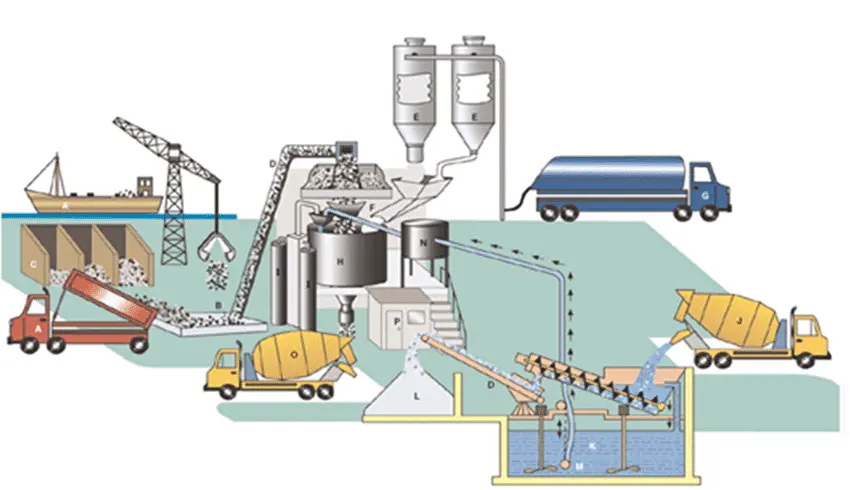
This type of concrete is widely common in construction industries and it is mostly known as ready-mix concrete. The mixing of concrete is carried out in stationary plants and loaded into the truck mixture. Concrete is not mixed in the transit or truck but continuous rotation to given in the truck to maintain the plasticity of the concrete. This type of ready-mix concrete plant is also known as a wet batch or pre-mix plant.
Factors Affecting Ready Mix Concrete.
Mix Design
The ready-mix concrete is mostly mixed by weight batching where all the quantities of material are put into the mixing bin. Admixtures may be added as per the volume specified by the supplier. Before starting to use the ready-mix concrete, it is advised to conduct the mix design test. The test could determine particular mix has achieved the target strength for that mix design.
Also, read: What is Concrete Mix Design?
Setting Time
Usually, the initial setting time of the concrete is 30 minutes and the final setting time is 10 hours for the concrete cube of 150X150X150 as per IS 456:2000. However, it is not sufficient in normal operations. It will take more than one hour to pour the concrete into the slabs, walls, columns, mat foundation, etc. Further, travel time also needs to be considered as the total time is the count after mixing.
Concrete needs to be placed in the mould or formwork before its initial setting time. Otherwise, the durability of concrete will be an issue. The formation of cold joints could be observed. Therefore, admixtures are added to increase the setting time of the concrete.
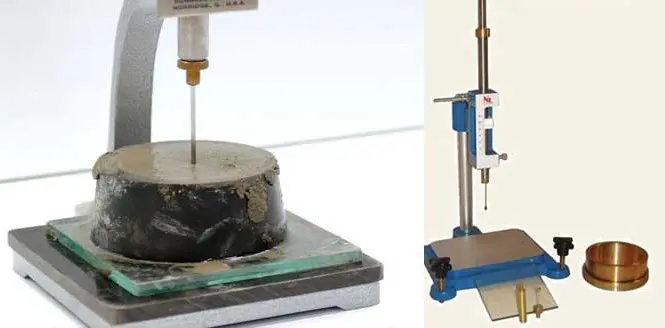
Admixtures
Different types of admixtures are added to the ready-mix concrete at the batching plant. The method of adding admixtures is based on the suppliers’ specifications. When different types of admixtures are added to the mixing concrete, compatibility must be checked before the addition.
There is a method called redosing that is used to add the admixture to the ready-mix concrete in the truck mixture. Especially when the loss of slump is controlled by redosing. If redosing is done it shall be done with much care and getting the consent of the engineer. Further, there are limitations in adding any admixture to the concrete. The maximum limit specified by the supplier shall not be exceeded in any case.
Slump Test at Batching Plant and Site
Athe mixing the concrete is loaded into the truck mixture from which a sample is taken to check the slump. The slump at the plant is recorded in the delivery note that needs to be produced by the engineer at the site. This record provides an indication of the slump in the mix.
When the ready-mix concrete is delivered to the site, a slump test is carried out to check the slump at the site. The slump at the site is the design slump specified in the mix design. If it is within the limits, concrete can be used if other requirements are acceptable.
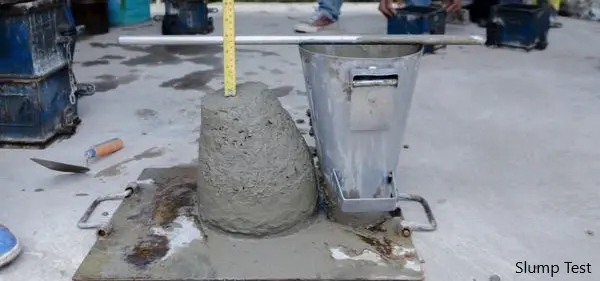
Concrete Temperature
The temperature of the Ready-mix concrete needs to be controlled in order to have a low heat of hydration. Therefore different actions are taken in order to reduce the temperature of the ready-mix concrete. Some of them are as follows: –
- Use Chilled water for concrete mixing.
- Cooling the aggregates
- Add Ice to replace some volume of water
- Colling the truck mixture concrete container – place gunny bags and apply water
Once a mix design is done and trial mixtures are done(tested cubes for 7 days and 28 days strength) for the same, no changes in the aggregate shall be made.
As we know, if we change the material sources, (not only the aggregate but also other additives) mix design will be changed and the results obtained from the trial mix will no longer be valid.
Further, since we are using new-generation superplasticizers as admixtures, changes in the sources of the materials will adversely affect the concrete mix as they are very sensitive to the changes. Therefore, no changes shall be made to the source of materials once selected and finalized by a trial mix testing.
Advantages of Rady Mixed Concrete
- Quality of Concrete: Not unlike other methods, all the mix propositions are added accurately without an error. Further mixing is done in a controlled manner and adding water and admixtures is also done as per the technical requirements. Therefore, we can have a quality mix.
- Consistency of the Ready-mix Concrete: Consistency of the concrete mix can be maintained whether we mix 20m3 or 200m3. Since all the work is loaded into the truck mixture, by mechanical and electronic equipment, the possibility of occurring errors is negligible.
- Quantity of Production: There is no limitation for minimum quantity or maximum quantity. Production can be made based on the requirements of the project.
- Efficient Production: Production of concrete can be done more efficiently. The rate of the product will depend on the size of the mixing bin. However, production can be done continuously till the planned work is completed. Further, the time taken to produce a one-meter cube of concrete is less than that compared with other manual methods.
- No Material Storage at Site: No space allocation is required at the site when the batching plant is not located at the site. On some occasions, especially in major projects, batching plants are established at the site due to the construction demand. In such situations, we need space for material storage.
- Material Saving: Since the materials are used in a controlled manner, wastages are minimal. Especially the cement is stored in the silo and not wasted when it took to the mixing bin or into the silo.
- Environmental Impact: Environmental impact of the production method is minimal. No gas burning is required as all the equipment is working from electricity.
Disadvantages of Ready Mixed Concrete
- Effect on the Setting Time: Most of the batching plants are away from the construction site. Therefore, it will take some time for the concrete mix to be received at the site. The setting time of the concrete should be adjusted accordingly. Further, traffic congestion could also be affected by the time to reach the site.
- Slump Loss: When there is a considerable distance to the site, there will be a loss of slump. It is the loss of the workability of the concrete. Therefore, mix design shall be done in a manner that the loss of slum due to the travel distance could not affect concrete pouring.
Also, read: Fine Aggregate for Concrete: 3 Classification, Properties and Characteristics
FAQs:
Q: What is Ready Mix Concrete?
A: Ready Mix Concrete (RMC) is a type of concrete that is manufactured in a factory or batching plant, according to a set recipe, and delivered to a construction site in a ready-to-use state.
Q: How is Ready Mix Concrete made?
A: Ready Mix Concrete is made by mixing cement, aggregates (such as sand and gravel), and water, along with any necessary additives or admixtures, in a batching plant or factory. The ingredients are mixed according to a precise recipe or mix design, and the resulting concrete is transported to the construction site in a ready-to-use state.
Q: What are the different types of Ready Mix Concrete?
A: There are several types of Ready Mix Concrete, including normal concrete, high-strength concrete, self-compacting concrete, lightweight concrete, and decorative concrete. Each type is designed for specific project requirements and can be customized with different admixtures or additives.
Q: How is Ready Mix Concrete delivered to a construction site?
A: Ready Mix Concrete is typically transported to the construction site in a transit mixer truck, which has a rotating drum that mixes and agitates the concrete during transportation. The concrete is discharged from the truck at the construction site and can be placed directly into the formwork or placed using a concrete pump or conveyor system.
Q: What are the advantages of using Ready Mix Concrete?
A: Ready Mix Concrete offers several advantages, including consistent quality, faster construction times, reduced on-site labour requirements, and improved site safety. It also allows for precise control over the mix design and can be customized to meet specific project requirements.
![]()






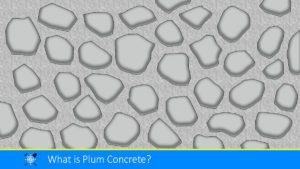
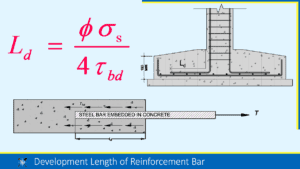
I appreciate that you explained how concrete may be produced more effectively. My father is working in construction and he’s thinking about whether he should use a concrete ready mix. I appreciate you helping me learn about your article, I will share this with him so he can know the procedures and benefits a concrete ready mix has.
Thank you for explaining that you can consistently get a quality mix by using ready mixed concrete. I’ve been wondering why this is something we should try using for the concrete we need poured around our home. It seems like it could be a good way to ensure we get the best possible mixture.